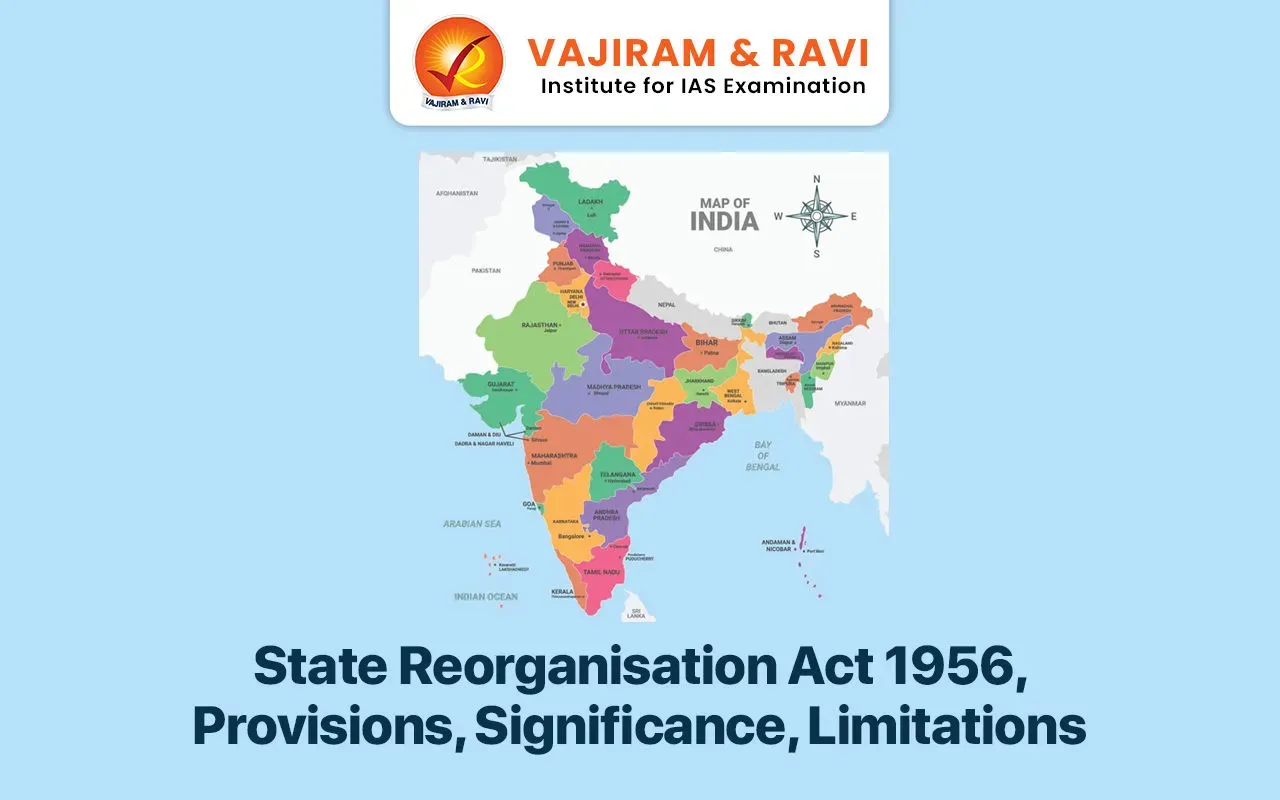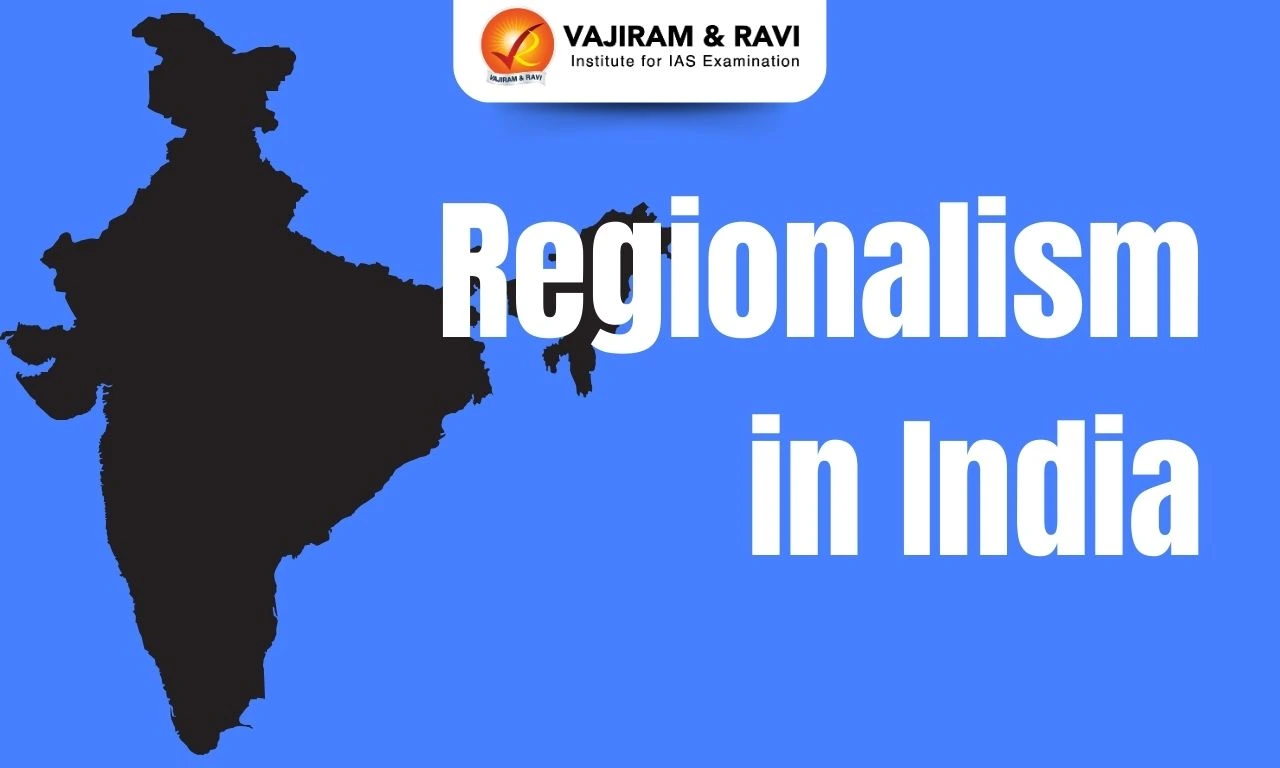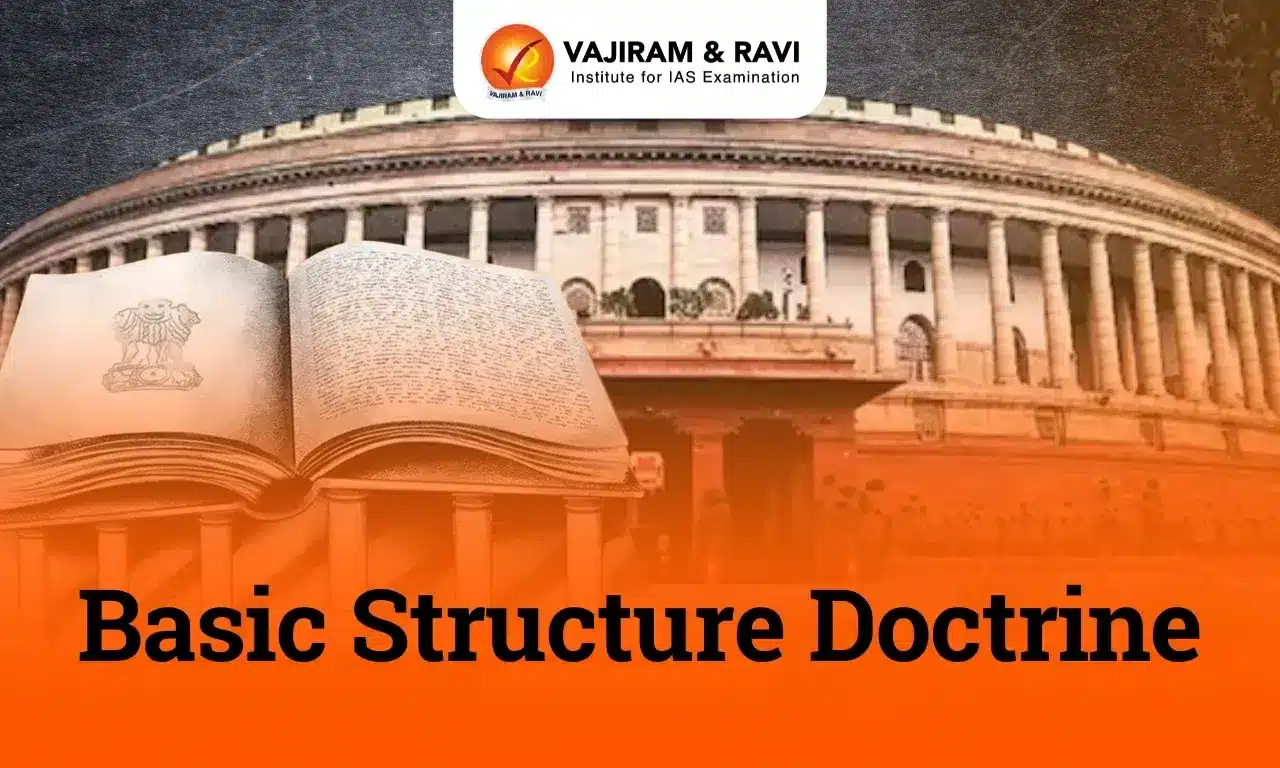The State Reorganisation Act was enacted in 1956. It was a milestone measure that redefined state boundaries along linguistic lines for administrative purposes. This act sparked significant debate within the nation at large, as it reshaped an array of political relationships between states across Indian provinces and territories.
With the creation of 14 states and 6 union territories, the Act brought about an unprecedented reconfiguration of India’s territorial boundaries, aiming to empower linguistic communities and strengthen cultural identities within the federal structure.
Historical Background
Prior to independence, India’s administrative units were defined by colonial interests, paying little regard to linguistic or cultural coherence. This led to numerous challenges, including administrative inefficiency, political instability, and dissatisfaction among various communities.
- Demand: The demand for reorganisation based on language emerged as a powerful force in the post-independence era.
- Proponents argued that linguistic states would promote administrative efficiency, cultural unity, and citizens’ stronger sense of belonging.
- The newly drafted Indian Constitution, which went into effect on January 26, 1950, classified states into four categories.
| Type | Territories under it |
| Part A | – Former governors’ provinces of British India, ruled by a governor and state legislature.
– Bombay, Madras, Assam, Bihar, Central Provinces and Berar, East Punjab, United Provinces, Orissa, and West Bengal. |
| Part B | – Former princely states.
– Hyderabad, Jammu and Kashmir, Patiala and East Punjab States Union (PEPSU), Madhya Bharat, Mysore, Travancore-Cochin, Rajasthan, and Saurashtra |
| Part C | – Some of the princely states and the former chief commissioners’ provinces
– Ajmer, Bhopal, Coorg, Delhi, Bilaspur, Himachal Pradesh, Manipur, Tripura, Cutch, and Vindhya Pradesh |
| Part D | – Andaman and Nicobar Islands |
- Early Efforts: As the Indian National Congress had promised that each major linguistic group would have its own province after independence, several Commissions were formed to address the issue of state reorganisation on a linguistic basis.
- Dhar Commission: The government established the Dhar Commission in 1948 to investigate the language as the basis for state formation. The Dhar Commission opposed using the language as the foundation for state reorganisation.
- JVP Committee: A committee composed of Jawaharlal Nehru, Vallabhbhai Patel, and Pattabi Sitaramaya (JVP committee) was formed to investigate the Dhar Commission report. The JVP committee agreed with the Dhar Commission Report and advised against using language as a criterion for state reorganisation.
State Reorganisation Commission
The formation of Andhra Pradesh in 1953 after the death of Potti Sriramulu, again heightened calls for linguistic-based state reorganisation in other parts of the country.
- Fazal Ali Commission: In December 1953, the government established the State Reorganisation Commission (SRC), also known as the Fazal Ali Commission, which included K.M. Panikkar and H.N. Kunzru. It submitted its report in September 1955.
- Key factors for reorganisation: It identified four key factors for state reorganisation:
- Linguistic and cultural similarities,
- Maintaining India’s unity and integrity,
- Administrative, financial, and economic considerations, and
- Planning to promote people’s welfare.
State Reorganisation Act 1956 Key Provisions
State Reorganisation Act 1956 was enacted as a result of the SRC and the internal boundaries of India were reorganised. It was implemented through the 7th Constitutional Amendment of 1956. It made the following changes:
- Territorial changes and creation of states on a linguistic basis: The Act abolished the existing classifications of Part A, B, C, and D States, creating a unified system of states and union territories in the form of 14 states and 6 union territories.
- 14 States: Andhra Pradesh (Transfer of territory from Hyderabad to Andhra), Madras (Transfer of territory from Travancore-Cochin to Madras), Kerala, Bombay State, Bihar, Jammu and Kashmir, Assam, Gujarat, Orissa, Uttar Pradesh, Mysore State, Madhya Pradesh (merger of Madhya Bharat, Vindhya Pradesh, and Bhopal), West Bengal, Punjab (merger of Patiala and East Punjab States Union (PEPSU) with Punjab), and Rajasthan (merger of Ajmer).
- 6 Union Territories: Delhi, Manipur, Andaman & Nicobar, Tripura, Himachal Pradesh, and Laccadive, Minicoy & Amindivi Islands
- Establishment of Zonal Councils:
- The Act created statutory Zonal Councils as advisory bodies to promote economic and social planning in the respective zones, fostering cooperation among states.
- It established five zonal councils for the Northern Zone, Central Zone, Eastern Zone, Western Zone and Southern Zone.
- Each of these Councils is chaired by the Union Home Minister. The Chief Ministers of the States included in each zone rotate as Vice-Chairmen of the Zonal Council for that zone, each serving for a year at a time.
- It should be noted that the North Eastern Council was established separately under the North Eastern Council Act of 1972, to represent North Eastern States.
- Representation in the legislatures: The Act redefined the composition of State Legislatures and allocated seats in the Parliament based on the population of the reorganised states.
- Provisions for High Courts and legal matters: The Act established High Courts for several reorganised states such as Kerala, Mysore and Rajasthan and defined their jurisdiction.
- It abolished some existing courts.
- It also made provisions for the adaptation of existing laws to the new territorial boundaries.
State Reorganisation Act Significance
The State Reorganisation Act of 1956 was a watershed event in restructuring the boundaries and demarcating the Indian states on linguistic lines.
- Linguistic identities: The Act provided a sense of identity and empowerment to linguistic communities, addressing their long-standing demands and fostering cultural unity.
- It also recognised the importance of linguistic and cultural identity in governance and administration.
- National integration: Despite initial challenges, the Act played a pivotal role in national integration by accommodating linguistic diversity within the federal structure of India.
- Political implications: The number of seats allotted to states in India is determined by the population of the state.
- As the size of the states changed, so did the demographics of the states.
- The population division also changed the number of representatives elected to the governments.
State Reorganisation Act Limitations
While the Act aimed at linguistic harmony, it also generated tensions in some areas over the allocation of resources, border disputes, and issues of regional identity emerged in certain regions.
- Incomplete reorganisation: It did not entirely fulfil linguistic aspirations. Several linguistic communities were left unaddressed or faced fragmentation due to administrative or political reasons.
- For example, the ongoing demand for Gorkhaland in West Bengal and Bodoland in Assam demonstrates the Act’s limitations in fully resolving linguistic and political aspirations.
- Inter-state conflicts: It resulted in several boundary disputes and inter-state conflicts, which remain unresolved in some cases, impacting regional stability and cooperation.
- For example, the Belagavi border dispute is still an ongoing disagreement between Karnataka and Maharashtra over which state Belagavi should be a part of.
- Economic disparities: It did not emphasise more on economic viability while creating states. Consequently, some newly formed states faced economic challenges due to resource allocation issues, affecting their developmental prospects.
- For example, BIMARU states (Bihar, Madhya Pradesh, Rajasthan, and Uttar Pradesh) have historically lagged in economic and social indicators.
- Tribal concerns: It didn’t fully address the concerns of certain ethnic and tribal groups. The division of states sometimes ignored tribal regions and their unique socio-cultural identities.
- For instance, There is still ongoing demand for a separate state in Meghalaya, Nagaland, etc.
- Administrative challenges: The Act didn’t anticipate all administrative hurdles, which led to issues in resource distribution, administrative functioning, and managing government services.
- For example, there has been a demand for the separation of Uttar Pradesh due to administrative efficiency.
Last updated on April, 2025
→ UPSC Notification 2025 was released on 22nd January 2025.
→ The UPSC Vacancy 2025 were released 1129, out of which 979 were for UPSC CSE and remaining 150 are for UPSC IFoS.
→ UPSC Admit Card 2025 is expected to release in first week of May for CSE Prelims Exam 2025.
→ The UPSC Prelims 2025 is scheduled to be conducted on 25th May 2025 and UPSC Mains 2025 will be conducted on 22nd August 2025.
→ Apply once through it and aspirants can apply for various government exams conducted by UPSC.
→ The UPSC Selection Process is of 3 stages-Prelims, Mains and Interview.
→ UPSC Result 2024 is released with latest UPSC Marksheet 2024. Check Now!
→ UPSC Toppers List 2024 is released now. Shakti Dubey is UPSC AIR 1 2024 Topper.
→ Also check Best IAS Coaching in Delhi
State Reorganisation Act 1956 FAQs
Q1. What is the State Reorganisation Act 1956?+
Q2. What was the objective of the State Reorganisation Act 1956?+
Q3. Who was the chairman of the State Reorganisation Commission (SRC)?+
Q4. When was the State Reorganisation Commission formed?+
Q5. How many states were there in 1956?+















